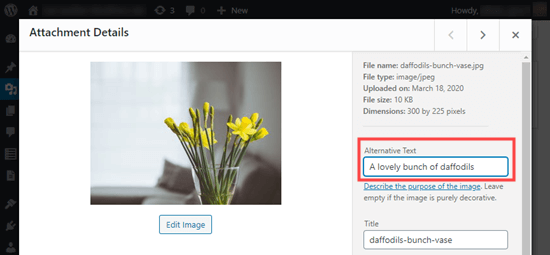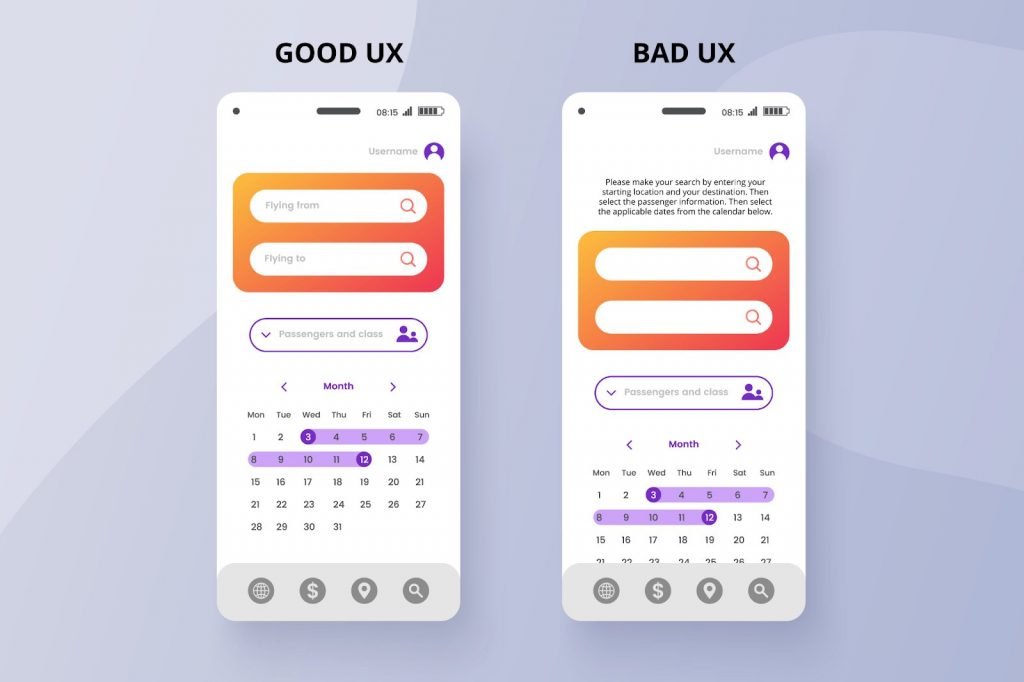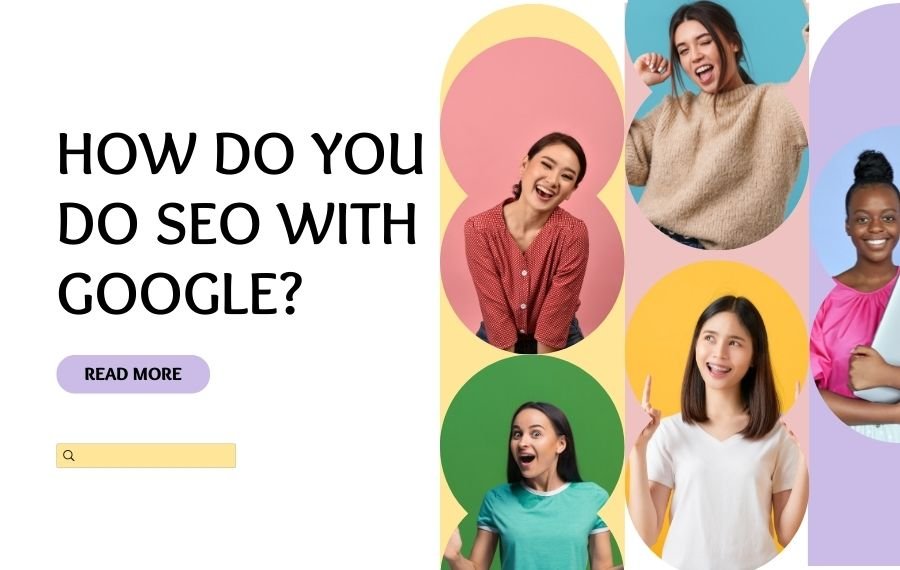SEO is a dynamic and ever-evolving beast. Algorithm changes might upend your plan just when you thought you had it down pat.
What should one do next?
Some tried-and-true SEO strategies will never go out of style, despite algorithm changes and upgrades. Improve your website’s chances of ranking while also protecting it from Google’s expected changes by using these methods.
Search engine optimization can be used in two ways to effect change: on-page and technical. In this essay, we’ll take a detailed look at both.
On-page SEO methods are a good place to start if you’re new to SEO or just want to see results quickly.
When planning your SEO strategy for 2022, keep these pointers in mind.
Target Longtail Keywords
Since long-tail keywords are longer and have more words, they are more specific than target keywords. They get less search traffic than shorter keywords most of the time, but they can be very useful.
Long-tail keywords tell you not just what people are looking for but also why they are looking for it. They also get more searches than keywords with fewer words. A recent study found that 93% of all searches are for long-tail keywords. This is a big change from the early days of the internet.

Long-tail keywords tend to have more search intent, which is one reason to use them. Because they are more specific, you can use them to narrow down the keywords to those that are most closely related to the actions you want people to take on your site.
A long-tail keyword is something like “how to rank on Google.” Unlike a short-tail keyword like “Google ranking,” this is a long-tail keyword.
The goals of these different versions are very different. For “how to rank on Google,” the user is asking a question, which means they want an answer to it right away.
We don’t really know what the user wants to do with “Google ranking.” They might just be trying to figure out what it means.
Long-tail keywords don’t always have fewer searches, but they usually do. As a result, they have less competition. So, it might be easier to rank for them.
How can you use long-tail keywords in your content to your advantage?
You don’t want to throw a bunch of different long-tail terms into your current content and hope they work. This can have the opposite of what you want to happen.
How to use long-tail keywords in your writing:
- Choose the topics you want to write about in your blog.
- Put the most general phrase or title for each topic into a tool like Ubersuggest for keyword research.
- Find long-tail keywords that have a high search volume and low competition/CPC that are related to the topics you’ve chosen.
- Cut down your list of keywords to the ones that people are most likely to search for. For example, if you run a credit card company and one of your topics is “opening a credit card,” a long-tail keyword you could use is “how to open a credit card for the first time.”
- Write content that fits the keyword and answers the user’s question.
Use Keywords in Image Alt Text

Alt text, also called “alternative text,” is a short summary of what an image is. MozCast says it still has more than a 20% effect on Google’s results, so it is still an important ranking factor.
Alt text is mostly used in three ways:
- Accessibility: Users who can’t see can use a screen reader to hear the alt text read out loud. 55 percent of e-commerce sites don’t meet the basic requirements for accessibility, which is a shame.
- When an image doesn’t load on the page, the alt text shows up instead to give users more information.
- Search engine optimization: The alt text helps search engine crawlers index an image correctly. Google said that alt text is “still important for SEO” in 2021.
Google’s algorithm changes as more people use the internet. This means that websites that are easy to use will be given more attention than those that aren’t. After all, a site is more likely to get visitors if it is easy to find.
How to put keywords in the alt text:
- First think about the picture, then write a description that goes with it.
- Make sure that the way you describe the image makes sense. Don’t make things too hard.
- Think of ways to use your primary or secondary keywords in the alt text of the image. For instance, you could make it clear that a picture is a screenshot of the process your content explained.
Use Keywords in Headers

When you put keywords in headers, you show search engines and users that your content is relevant to what they are looking for. Just as a table of contents gives users an idea of what the page is about, keywords in headers can give search engine bots the same idea.
Even though 35% of SEO experts think headlines are important, this doesn’t mean you should force keywords into them if they don’t fit.
Before deciding where to put your target keywords or other variations, think about how the user will feel and what Google suggests. No matter what, you should never overuse keywords.
How to use keywords in titles:
- Choose the keyword that will be the focus of your post and put it in the headers.
- Use a keyword research tool to find other ways to use the keyword.
- Use the keyword and its different forms as often as you can in your headers (aim for at least 40 percent of headers).
Pay attention to good UX

You have to think about more than just keywords and content. You have to think about the whole experience your users have.
When Google ranks your website, one of the things it looks at is how long people stay on each page (or dwell time). If people leave your page right after they get there, it tells Google that it doesn’t have what their users are looking for.
How long a page takes to load is one thing that can affect how long people stay on a page and how many people leave quickly. Based on an analysis of more than 10 million desktop and mobile pages, the average time it takes for a web page to fully load on a desktop is 9.3 seconds and 28 seconds on a mobile device.
Conversion rates are most affected by what happens in the first 6 seconds after a page loads. Every time a page takes an extra second to load, conversion rates drop by an average of 5 percent.
Google’s core Page Experience update started rolling out in 2021 because user experience has become such an important ranking factor.
Conclusion: How Google Can Help You Rule SEO
Even though Google’s algorithm and SEO change all the time, one thing stays the same: good, relevant content is always a good place to start. If you need more help in SEO, you can visit our SEO service. Our pricing is very simple & transparent.
